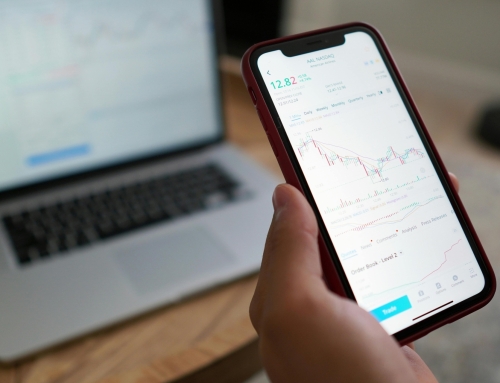Historically, the January indicator has applied to the S&P 500, but does it apply to small stocks?
On January 31, Mark Hulbert wrote an article for the Wall Street Journal titled, "When the January Indicator Says 'Sell.'" The article detailed the decades old January indicator and its implications for the market, as observed through the S&P 500. After reading this article, we were curious about whether the January indicator also applied to small stocks. So, we conducted a small "study," looking at the Russell 2000's data for the past 20 years.
To start, the January indicator simply states that the S&P 500's performance in January foretells how the market will fare over the next 11 months. To show this, we looked at the S&P 500's performance over the past 20 years. Our results are below:

S&P 500 performance
As you can see above, over the past 20 years, the S&P 500 has been up 13 times in January. Of those 13 occasions, the index was up over the next 11 months ten times, or 77% of the time. On the other hand, the S&P 500 was down seven Januarys. Of those seven, the index posted a gain over the next 11 months four times, or 57% of the time.
When the S&P 500 was up in January, the index averaged a 10.2% gain over the next 11 months. And, when it was down in January, the index averaged just a 3.1% gain over the next 11 months. In accordance with the January indicator, following a positive January, the S&P 500 is up more and more often than after the a negative January.
Now, we ran the same numbers for the Russell 2000, an index containing smaller stocks. The results follow:

Russell 2000 performance
The Russell 2000 shows a much different table than the S&P 500. To start, the Russell 2000 was up just nine times in January over the last 20 years. Of those nine times, the index posted a gain over the next 11 months six times, or 67% of the time. The index was down 11 of the 20 Januarys we observed. And of those down Januarys, the index was up six times, or 55% of the time, over the next 11 months.
Like the S&P 500, the Russell 2000 averaged a decent return following a positive January, averaging an 8.2% gain. Far different from the S&P 500, however, the Russell 2000 averaged a 9.2% gain following a down January.
In conclusion, while the S&P 500 draws illustrates the January indicator, the Russell 2000 appears to not follow the trend. The Russell 2000 was up more often following a gain than following a loss in January--67% of the time, versus 55% of the time, respectively. But, the index actually averaged a higher gain following a down January over the past twenty years.
The information presented above does not provide the evidence that the Russell 2000, speaking for small stocks in general, follows the January indicator with the same reliability that the S&P 500 and larger stocks do.
For more information on the January indicator, please refer to Mark Hulbert's article: "When the January Indicator Says 'Sell.'"





Leave A Comment